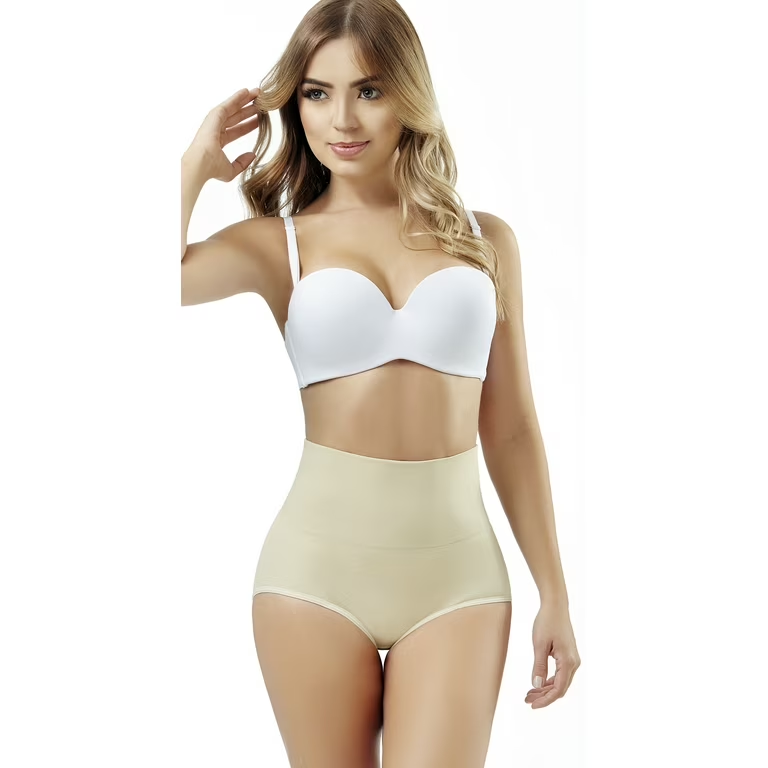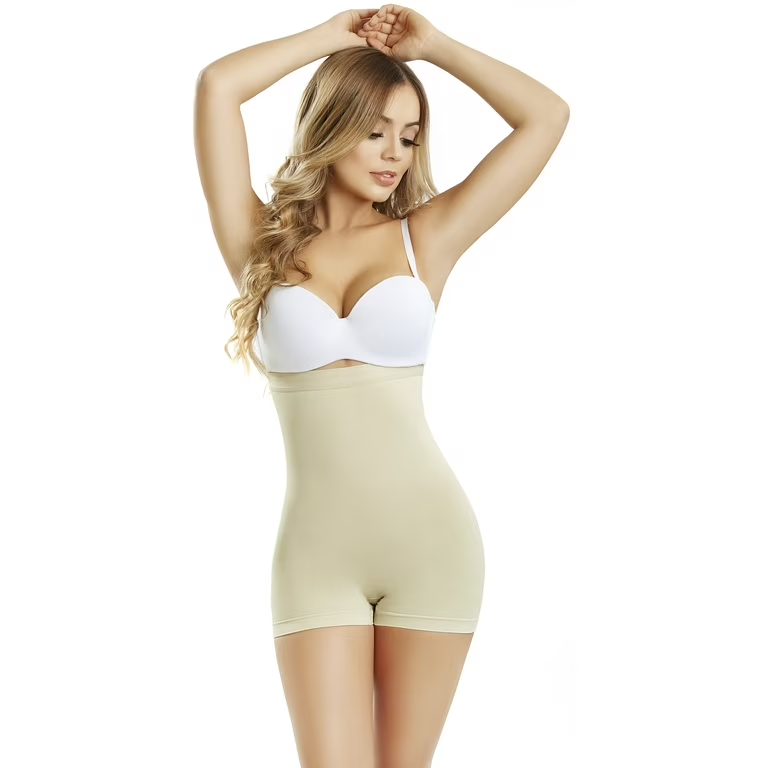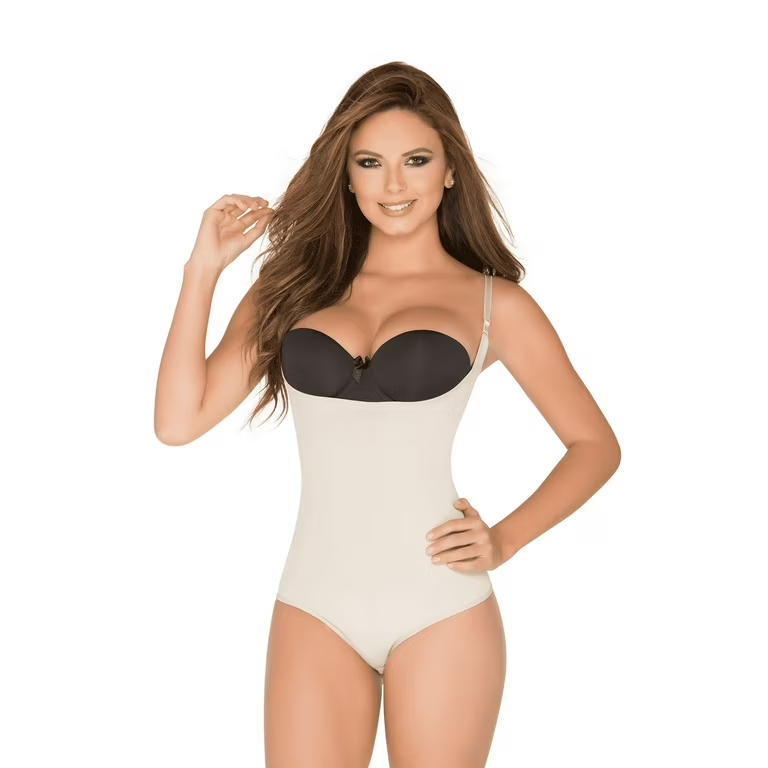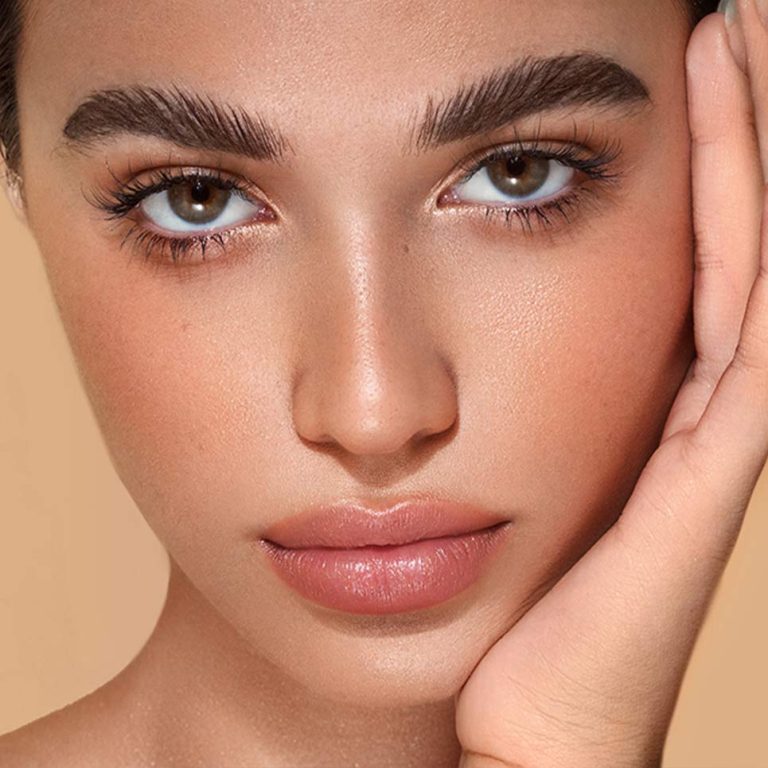
The Girdle: A Comprehensive Guide
The Girdle: A Comprehensive Guide
The girdle has been a significant garment in fashion history. It has evolved through various cultures and fashion trends. This versatile clothing item serves different purposes today. From support to shaping, girdles have come a long way. Exploring their history, types, and uses offers insight into their continued relevance.
A Brief History of the Girdle
The girdle dates back centuries. Ancient civilizations used girdles for practical purposes. In many cultures, they served as functional support for the body. Over time, they gained aesthetic value as well. Historically, services included support and shaping garments to enhance body contours.
During the Middle Ages, girdles became popular among nobility. They helped create a desirable silhouette and adorned with intricate designs. In the Renaissance period, they further evolved. The focus shifted from utility to fashion. Girdles became an essential component of haute couture.
In the 19th century, the girdle underwent yet another transformation. The advent of the corset shifted attention toward body shaping. Many women began wearing them daily. These garments helped achieve the coveted hourglass figure. Ironically, the girdle became both a symbol of sophistication and restriction.
The social changes of the 20th century impacted girdle fashion. The Women’s Liberation Movement challenged traditional notions of femininity. As a result, girdles fell out of favor. Women increasingly opted for comfort over constriction. However, girdles returned in various forms, appealing to contemporary tastes.

Types of Girdles Available Today
Today, girdles come in various styles and designs. Each caters to specific preferences and needs. Various girdle types offer unique benefits. The choices include traditional girdles, shaping girdles, and support girdles.
Traditional girdles often feature hook-and-eye closures. They provide moderate support, offering a comfortable fit. Many styles emphasize waist definition and are often worn under dresses. These girdles vary in length and material, providing versatility.
Shaping girdles are ideal for enhancing curves. They use elastane or spandex for compression. These girdles help create a smooth silhouette, often worn under form-fitting clothes. Women appreciate their ability to slim the waist and tummy without sacrificing comfort.
Support girdles focus on providing back support. Ideal for those with active lifestyles, they relieve pressure on the lower back. Designed for everyday wear, they can be worn under casual attire. These girdles also promote better posture for long periods of sit or standing.
Fashion girdles combine aesthetics with function. Often made of lace or decorative fabrics, they serve as both undergarments and outerwear. Many women wear them to enhance their outfits. Additionally, fashion girdles can boost confidence with their appealing designs.
Choosing the Right Girdle for You
Choosing the right girdle can be overwhelming. Various factors impact the decision-making process. Body shape, size, and intended use all play significant roles. Assessing personal needs can simplify the selection process.
First, consider body shape. Different girdles cater to specific body types. For example, hourglass figures may benefit from shaping girdles. Individuals with straight body shapes may prefer traditional styles for gentle definition.
Next, think about size. Accurate measurements are crucial when choosing a girdle. Sizes often vary among brands, so consult sizing charts. Selecting the correct size ensures both comfort and effectiveness. A well-fitting girdle provides support without excessive constriction.
Intended use is another vital consideration. Will the girdle be worn daily or for special occasions? Daily wear girdles should prioritize comfort. In contrast, special event girdles may focus on shaping and aesthetics. Understanding the intended use helps narrow down options.
Lastly, choose a material based on comfort and breathability. Cotton and spandex blends offer flexibility and softness. Lace or silk may appeal aesthetically but may lack comfort. Balancing comfort and style ensures satisfaction with the chosen girdle.

Tips for Proper Care and Maintenance
Girdles require proper care to maintain their shape and functionality. Following specific guidelines can extend their lifespan. Regular cleaning and careful storage play essential roles.
Start by reading the care label. Different materials may require different cleaning methods. Many girdles can be machine washed on gentle cycles. However, some may need hand washing to preserve elasticity and design.
When drying, avoid high heat. High temperatures can degrade elastic fibers. Air drying is often the best option. Lay girdles flat on a towel or hang them to maintain shape. This ensures longevity and preserves integrity.
Storage is equally important. Folding girdles neatly and storing them in a designated drawer is recommended. Hanging them may cause distortion. Keeping girdles away from direct sunlight also preserves color and material.
Regularly inspecting girdles for wear and tear is essential. Check for loose threads, fraying, or signs of stretching. Addressing small issues early prevents further damage. Timely repairs can prolong the life of these essential garments.
The Influence of Fashion Trends on Girdles
Fashion trends continuously impact girdle designs and usage. From celebrity endorsements to runway collections, styles evolve over time. Trends often draw inspiration from past styles, creating a cyclical nature.
In the early 2000s, shaping garments returned to prominence. Celebrities were often spotted wearing girdles under red carpet looks. This increased visibility boosted popularity among everyday women. Consequently, many brands began developing innovative designs.
Modern girdles incorporate advanced materials and technology. Breathable fabrics and moisture-wicking properties enhance comfort. New designs often focus on inclusivity, catering to various body types. Today’s girdles are as diverse as the women who wear them.
Social media also plays a crucial role in shaping girdle trends. Influencers showcase different styles, often creating a sense of community. This online engagement helps women share experiences and recommendations. As a result, girdles have gained renewed interest among younger generations.
Ultimately, fashion trends influence individual preferences. Women now seek personalized options that reflect their style. Girdles have evolved from merely functional garments to fashionable statements. This evolution highlights their enduring relevance in modern wardrobes.

The Psychological Impact of Wearing a Girdle
Wearing a girdle can significantly impact self-image. Many women experience psychological benefits from girdle use. For some, girdles boost confidence by enhancing body shapes.
Many women report feeling more put-together while wearing a girdle. The smooth silhouette creates a polished appearance. This feeling often translates to improved self-esteem. When women feel confident, they are more likely to engage in social situations.
Additionally, girdles can evoke feelings of femininity. Traditionally associated with elegance and sophistication, they add a layer of allure. Many women enjoy the sculpted look girdles provide. This connection to femininity can enhance mood and well-being.
However, it is also essential to recognize potential drawbacks. Some individuals may feel constrained or uncomfortable. This discomfort can lead to negative body image. Balancing the benefits with potential consequences is crucial.
Ultimately, the psychological impact varies from person to person. Embracing the positive aspects while being mindful of discomfort can enhance overall experience. Women should choose girdles that align with their values and preferences.
Girdles in Contemporary Fashion
Contemporary fashion embraces girdles in various innovative ways. Designers often incorporate girdles into their collections, blending practicality with style. This evolution reflects a growing appreciation for diverse body representations.
Girdles are frequently seen on runways and red carpets. Designers use them as layering pieces or statement items. Many high-fashion collections feature girdles alongside dresses or structured suits. This incorporation showcases girdles’ versatility in modern fashion.
Street style also embraces girdles in creative ways. Fashion-forward individuals often style girdles as outerwear or layered under jackets. Different textures and materials create bold contrasts. This experimentation highlights personal expression through fashion.
Sustainable fashion is another area where girdles have gained traction. Ethical brands produce girdles using eco-friendly materials. Many consumers now prioritize sustainability when selecting clothing. Girdles that align with these values attract a growing following.
In conclusion, girdles remain an influential component of contemporary fashion. Their adaptability keeps them relevant across various styles. Understanding their modern significance underscores their place in fashion history. Through continuous innovation, girdles are likely to evolve further.

Conclusion: The Timeless Appeal of the Girdle
The girdle endures as a timeless garment in fashion. Its evolution reflects changes in culture, body image, and trends. Today, girdles continue to serve multiple purposes. They provide support, enhance body shape, and add an element of style.
Women today have various options when selecting girdles. Proper care and maintenance ensure longevity. As trends shift, girdles remain a staple in many wardrobes. The ongoing relevance of girdles highlights their importance in fashion.
Ultimately, the girdle is more than just a piece of clothing. It represents the intersection of history, culture, and personal expression. Embracing this timeless garment allows individuals to celebrate their unique styles. Thus, girdles will likely continue to hold a significant position in fashion for years to come.

